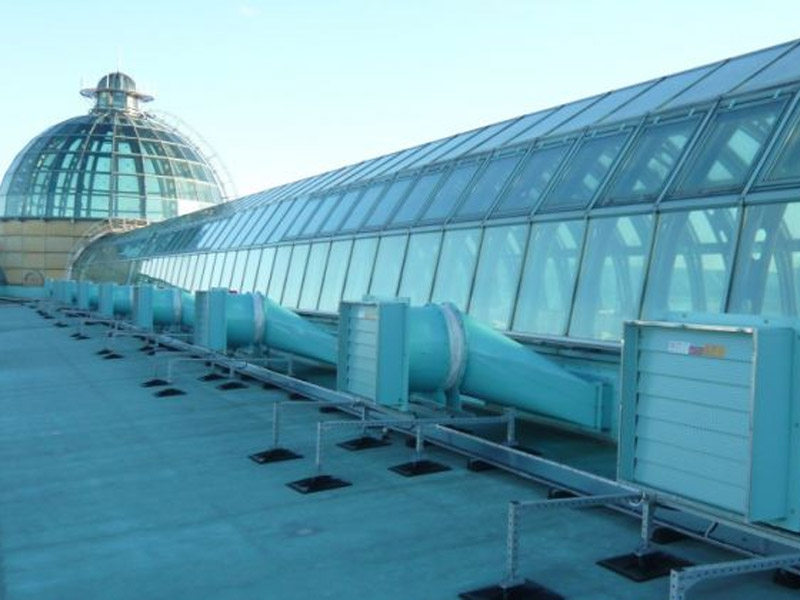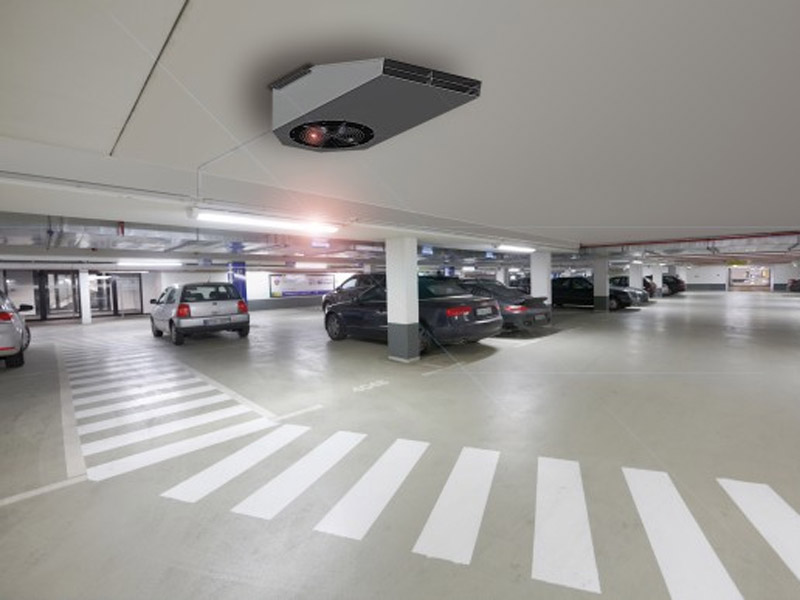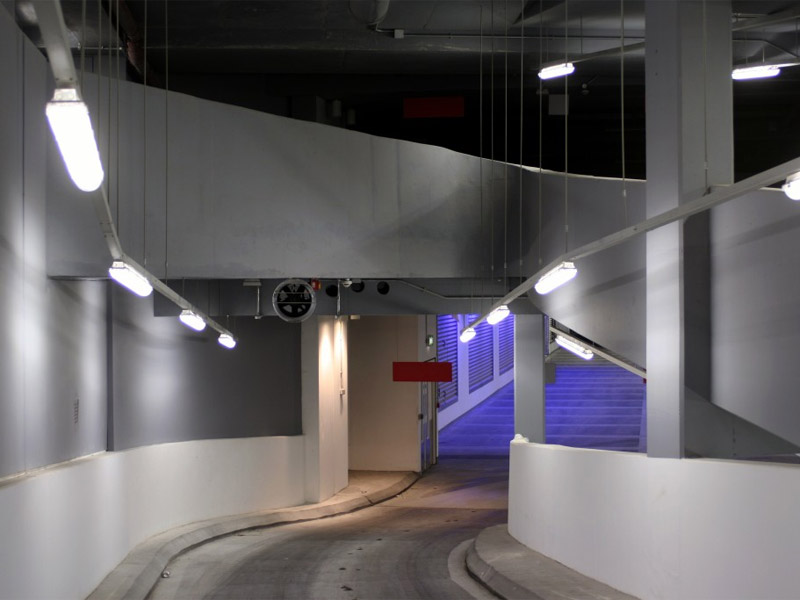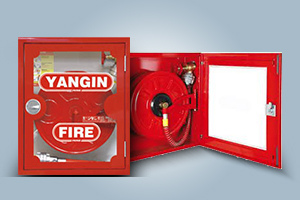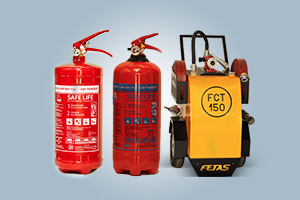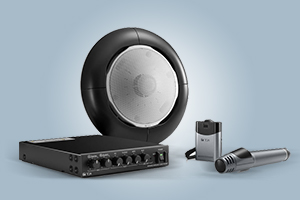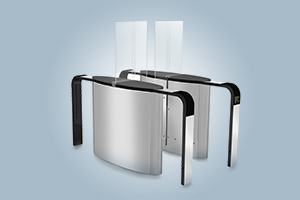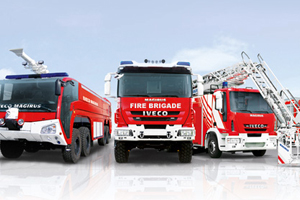Ventilation and air extraction systems
According to the Building Regulations a set of measures for organization of the desired state of air and its turnover in rooms and workplaces is called air exchange or ventilation. Ventilation systems serve to preserve the possible weather conditions in rooms and places for different purposes. Types of ventilation systems are divided into classes depending on the purpose of rooms, technological processes and release of harmful elements in the air:
- According to the methods of creating pressure to ensure ventilation: natural and mechanical ventilation
- By purpose: ventilation and air extraction
- The place of use: general exchange and local ventilation
Natural ventilation:
During natural ventilation air flows as described below:
- Ventilation, created by a difference in temperature inside and outside (the premises), that is, because of the aeration process.
- Ventilation created by a pressure difference between the lower (room) and the upper surface (with the deflector device placed on the roof of the building) of the atmospheric column.
- Ventilation created by the influence of wind pressure.
Mechanical ventilation:
This type of ventilation is created by the use of fans and machines supplying air. In mechanical ventilation systems equipment and devices are used to move air over long distances. These are fans, motors, heaters, ejectors, automation and other equipment, which can consume a lot of energy. They can provide the inflow and outflow of air in the right places and in the right amount regardless of any changes in the environment.
Smoke removal:
Fire and spreading of smoke throughout the buildings, in many cases, causes loss of life and property. In this regard, taking into account that smoke is harmful to human health when planning buildings and structures the task of engineers consists of carefully analysis of ventilation lines and systems and planning of the removal of burning materials to ensure the safety of human health and property.
Protection from smoke:
One of the main tasks of smoke ventilation systems is the localization of smoke and toxic gases, the release of evacuation routes and safe evacuation of people from the burning building. Besides that, providing a building with smoke ventilation system helps fire brigades to prevent the spread of fire while extinguishing.














